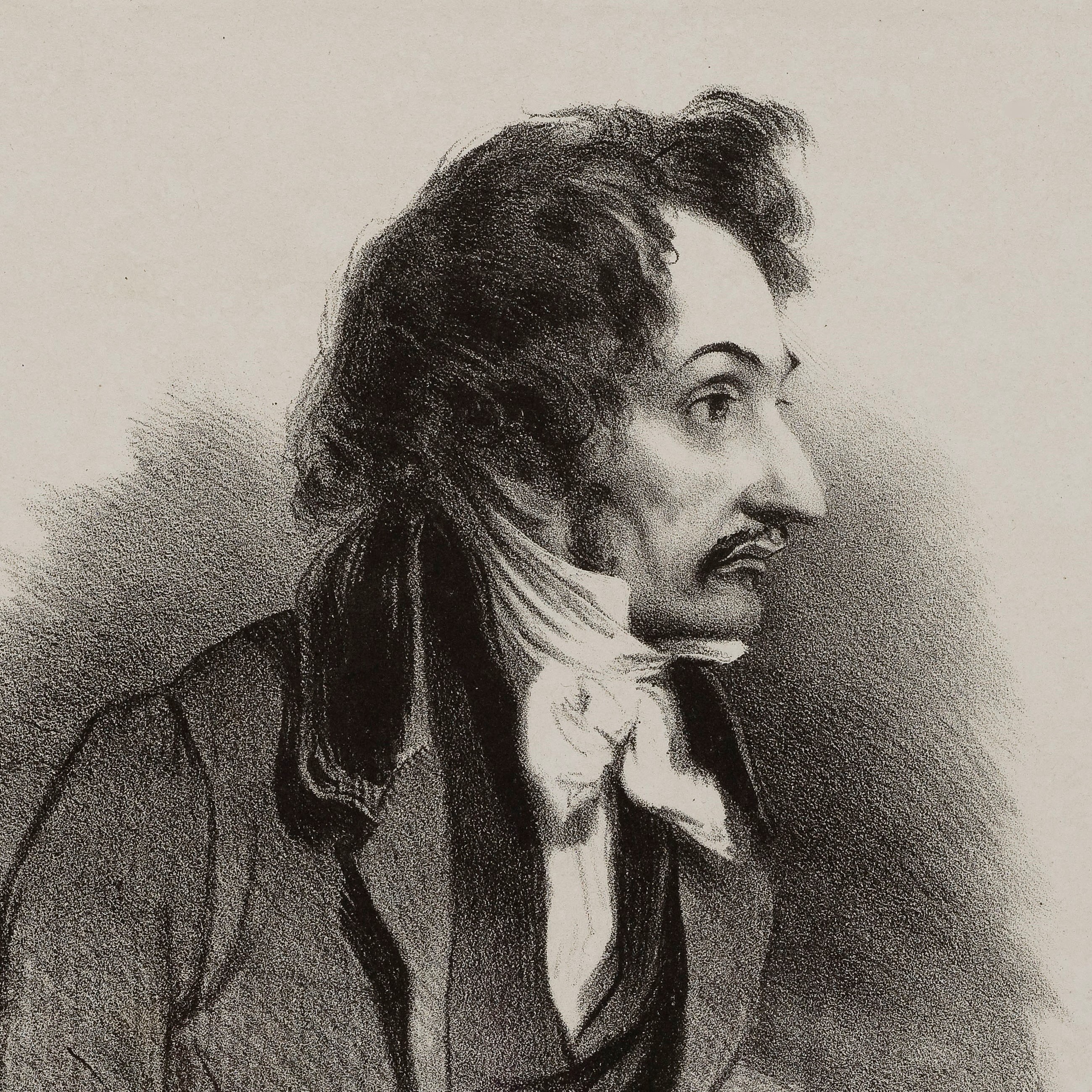
1803 - 1836
Pierre François Lacenaire
Summary
Name:
Pierre François LacenaireNickname:
The Murderous PoetYears Active:
1834Birth:
December 20, 1803Status:
ExecutedClass:
MurdererVictims:
2Method:
Axe / SuffocationDeath:
January 09, 1836Nationality:

1803 - 1836
Pierre François Lacenaire
Summary: Murderer
Name:
Pierre François LacenaireNickname:
The Murderous PoetStatus:
ExecutedVictims:
2Method:
Axe / SuffocationNationality:
Birth:
December 20, 1803Death:
January 09, 1836Years Active:
1834Date Convicted:
November 14, 1835bio
Pierre François Lacenaire was born on 20 December 1803 in Lyon, France, to Jean‑Baptiste Lacenaire and Marguerite Gaillard. From a young age, he proved exceptionally bright. He excelled in literature and attended several prestigious schools—including a Jesuit-run seminary, from which he was expelled for dissenting remarks. His academic journey was turbulent, lined with confrontations, a loss of favor in his family, and ultimately, growing resentment toward the bourgeois values he embodied.
He dabbled in writing with early attempts at vaudeville and journalism in Paris, but frequently resorted to petty theft and fraud to sustain himself. An army stint ended in desertion around 1829, after which he spiraled into criminality, calling prison his "criminal university." There, he met Pierre Victor Avril, “Tante Madeleine” (Jean‑François Chardon), and Jules Baton—forming bonds that would later fuel his murders.
Prisons became his stage: at La Force and Poissy, he wrote satirical poems such as “Pétition d’un voleur à un roi voisin” and essays like “Les prisons et le régime pénitentiaire.” He assembled a literary salon behind bars, self-fashioning as a rebel dissenting artist and laying groundwork for the poet-assassin myth.
murder story
Pierre‑François Lacenaire’s criminal infamy reached its peak with a chilling double murder on 14 December 1834. That morning, he and his accomplice Pierre Victor Avril broke into the home of Jean‑François Chardon—a fellow inmate from the Poissy prison—and his elderly mother at Passage du Cheval‑Rouge. In a calculated act of violence, Lacenaire brutally killed Chardon with repeated blows of an axe and suffocated the woman in her bed, leaving behind a scene marked by both hatred and cold practicality. The murders weren’t about vengeance—they reeked of detached, methodical cruelty.
Following the crime, fate turned swiftly. Avril was arrested later that month—not initially for murder but for theft. That arrest unraveled the conspiracy: during interrogation, Avril implicated Lacenaire, prompting a manhunt. On 9 February 1835, Lacenaire was finally apprehended in Beaune under the alias "Jacob Lévi."
During his pre‑trial confinement, Lacenaire turned imprisonment into performance art. He composed Mémoires, Révélations et Poésies, wrote biting satires, and transformed his cell into a salon of ideas and theater. Public letters, interviews with journalists, and snippets of his writings circulated widely—fanning both horror and fascination.
His trial, held before the cour d’assises de la Seine from 12 to 14 November 1835, had all the drama of a stage play. Lacenaire entered donning a fashionable redingote (tailcoat), quipped banter at the judges, and embraced theatrical villainy. He defended his actions philosophically, portraying himself as a social rebel justified in his violence. Though his lawyer pleaded insanity, it failed; the court found him guilty and sentenced him to death on 14 November 1835. Avril received the same sentence, while their third accomplice, Hippolyte François, was condemned to life in the penal colony.
In the weeks that followed, Lacenaire’s myth grew. Newspapers printed his poems and quotes. Commentators marveled at his demeanor, feeling both appalled and mesmerized. Michel Foucault later cited him as the archetype of the “romantic bourgeois criminal”—a break from the brutish villains of the past.
On 9 January 1836, exactly four weeks after his death sentence was confirmed, Lacenaire was executed by guillotine at Barrière Saint‑Jacques in Paris. Eyewitnesses include executioner Henri‑Clément Sanson.